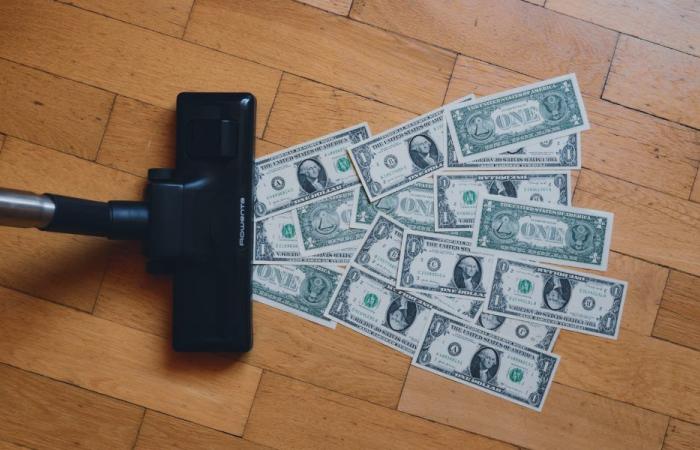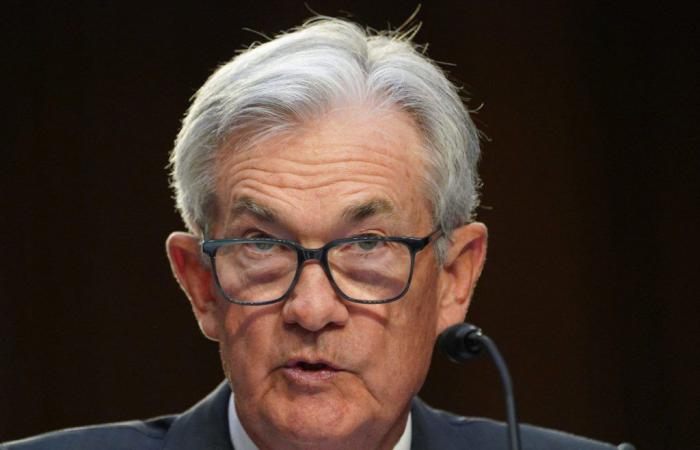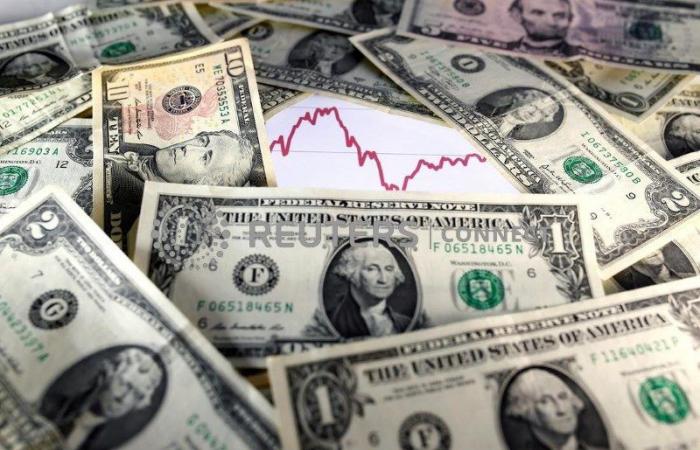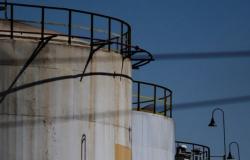O dollar April began at the highest level in almost six months: R$5.05, contrary to expectations for 2024. The Focus report still points to R$4.95 at the end of the year. And for some analysts, it is worth remembering that the American currency could reach an optimistic R$4.70 – courtesy of the trade balance, expected to close the year at US$82 billion.
But there is a stumbling block in the way: pessimism about the Fed’s next steps. And the appreciation of the dollar has raised the alarm for the central bank (more on this later).
The increase, in fact, is not just in relation to the real. Abroad, the DXY index, which measures the behavior of the dollar in relation to a basket of strong currencies, closed Monday (1st) above 105 points – the highest level of the year.
The renewed strength of the dollar is related to Treasuries, who climbed again. Bonds maturing in 10 years also reached their highest level in 2024: 4.35% pa this Tuesday (2). To compare: they had closed 2023 at 3.86%.
All of this is happening as investors scale back interest rate cut bets. Until last week, 29.8% of the market thought that the Fed would only start reducing interest rates in the second half of the year – that is, keeping the rate unchanged for two more meetings, in May and June. Now, this percentage is 36.5%.
Guilt of two data. One is the core of the PCE. The inflation index that the Fed follows most closely closed February at 2.8% on an annual basis. Within market expectations. But the absence of a positive surprise took its toll – the index, which excludes the variation in food and energy, which are more volatile – remains almost unchanged compared to December and January, when it closed at 2.9%.
The other piece of data that raised eyebrows for those waiting for the interest rate cuts to begin was the PMI calculated by the ISM, which was released on Monday. The Purchasing Managers’ Index showed industry expansion for the first time in 18 months. This creates more pressure on prices. And it tends to delay the arrival of the first cut.
With Fed at a standstill, BC moves
While interest rates in the US remain unchanged, Selic rate there is already a new half-point drop contracted for May. As a result, the interest rate differential between Brazil and the USA tends, at the very least, to remain high.
In July 2023, with Selic at 13.75% and Fed interest rates already at 5.50%, the difference was 8.25%. At this moment, with the Selic 3 percentage points below that and American interest rates unchanged, it is at 5.25%.
In May, it seems that the difference between basic rates should reach 4.25%, almost half the recent peak. It becomes much more difficult for the real to remain valued in a scenario like this.
“The American currency is once again pressured by the interest rate differential, which only increases with Selic falling here and the prospect of cuts there in the future”, says Criteria Investimentos analyst, Thiago Pedroso.
That’s why the Brazilian BC decided to act, showing some discomfort with the recent rise in the dollar, and its effects on the future interest. The monetary authority held a currency swap auction on Tuesday (2). It was the first intervention in more than a year.
In practice, such an operation is equivalent to the sale of future dollars. Despite the BC’s own justification that the offer equivalent to US$1 billion aims to meet the “demand for exchange rate instruments” due to the redemption of public bonds, the market is still digesting the intervention.
In a comment, the economist at Ativa Investimentos, Étore Sanchez, cites data from the Treasury to highlight that bonds indexed to the dollar that mature in April total “only” R$6 billion. “Thus, under this justification, the BC demonstrates extreme care with liquidity, reducing volatility.”
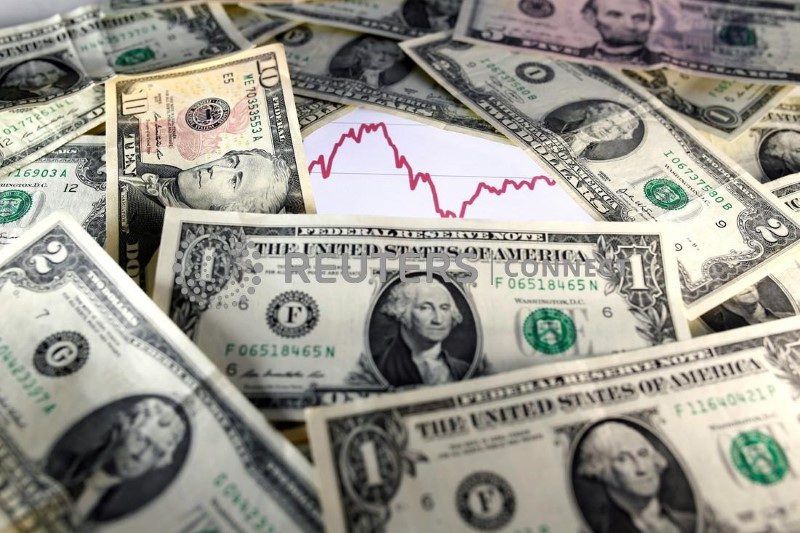
But on the trading desks, the story is different. “The main players already knew about this bond maturity – this is public information, and any exchange operator was aware of it”, highlights Sandro Sobral, managing director of markets at Santander Brasil.
Derivatives desk professionals consulted by InvestNews draw attention to the long position (bet on growth) of foreign investors in the futures market. At the end of March, they were long 136,300 contracts, or US$6.8 billion.
On the first day of the new month, this position was reduced to 107.5 thousand contracts (US$5.4 billion). An operator explains: “The foreigners took advantage of the Ptax training day [taxa de referência do BC] to liquidate position and take a chunk. This pushed up prices on the spot market.”
For you: The main topics to start the day off right!

